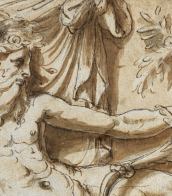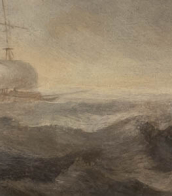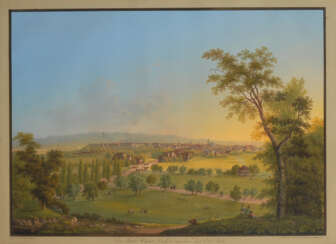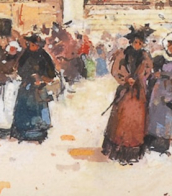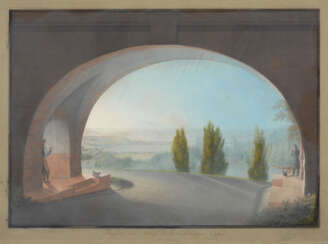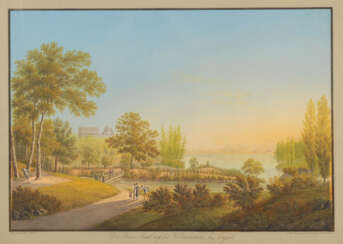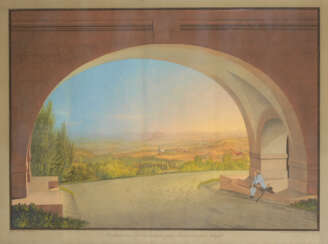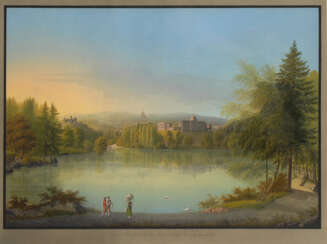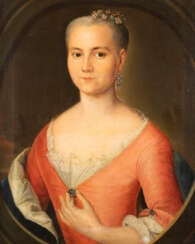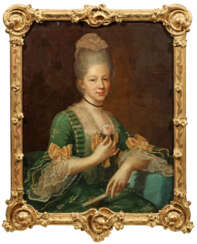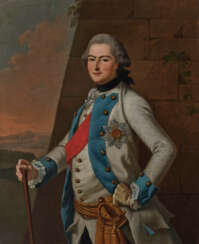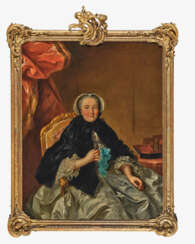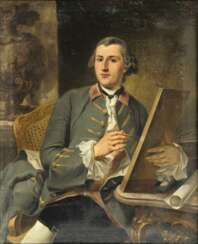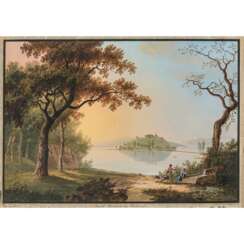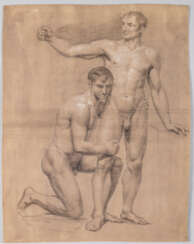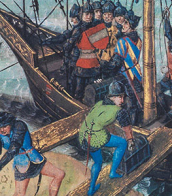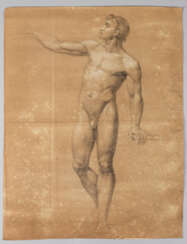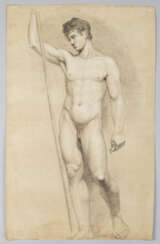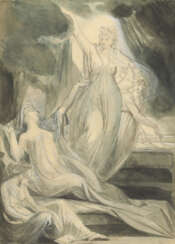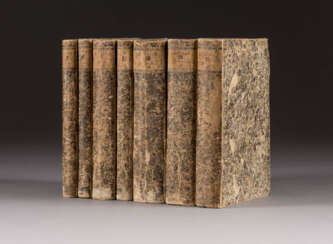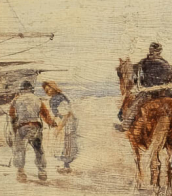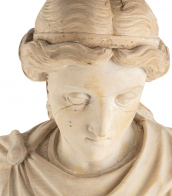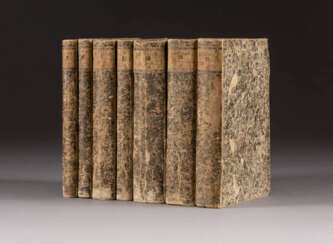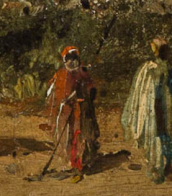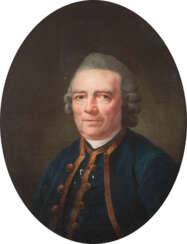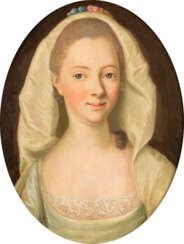johann heinrich d. ä.
Johann Heinrich Wilhelm Tischbein was a German painter, master of portraiture; a member of the famous Tischbein artistic dynasty, one of the closest friends of the poet Johann Wolfgang Goethe.
He studied painting with his uncle Johann Jacob Tischbein in Hamburg. In 1772-1773 he made a study trip to Holland, and from 1777 was engaged in portrait painting in Berlin. In 1779 he went to Rome on a scholarship to the Academy of Arts in Cassel. After studying the antique art monuments he gradually changed his painting style from rococo to classical. In Italy he painted mostly landscapes, still life and history.
From 1789 to 1799 Johann Heinrich Wilhelm painted in the period from 1789 to 1799. Johann Heinrich Wilhelm Tischbein was director of the Academy of Arts in Naples.

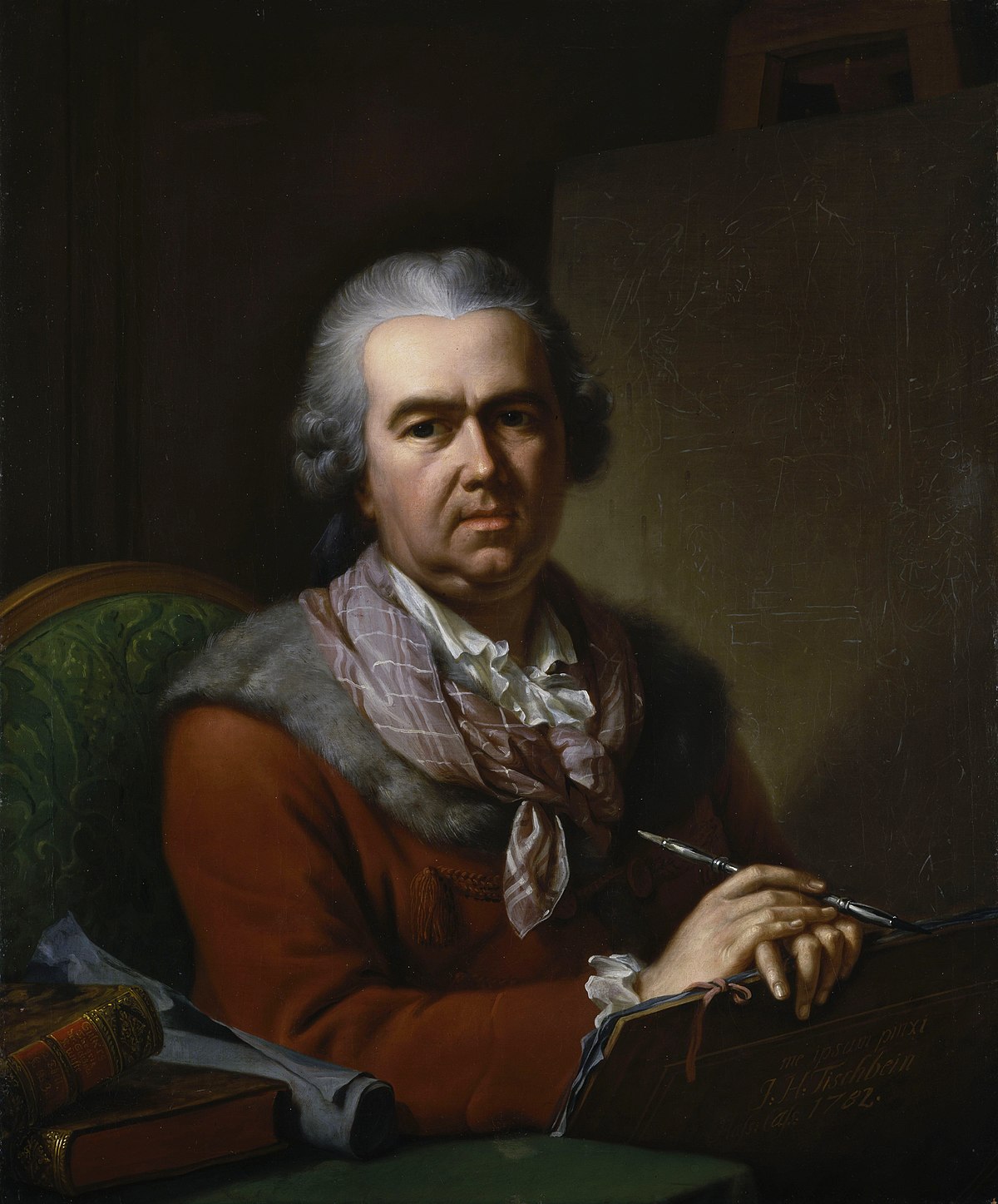
Johann Heinrich Tischbein the Elder, known as the Kasseler Tischbein, was one of the most respected European painters in the 18th century and an important member of the Tischbein family of German painters, which spanned three generations.
His work consisted primarily of portraits of the nobility, mythological scenes, and historical paintings. For his mythology paintings his models were mostly members of the upper nobility.
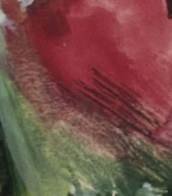

Johann Heinrich Tischbein the Elder, known as the Kasseler Tischbein, was one of the most respected European painters in the 18th century and an important member of the Tischbein family of German painters, which spanned three generations.
His work consisted primarily of portraits of the nobility, mythological scenes, and historical paintings. For his mythology paintings his models were mostly members of the upper nobility.


Johann Heinrich Tischbein the Elder, known as the Kasseler Tischbein, was one of the most respected European painters in the 18th century and an important member of the Tischbein family of German painters, which spanned three generations.
His work consisted primarily of portraits of the nobility, mythological scenes, and historical paintings. For his mythology paintings his models were mostly members of the upper nobility.
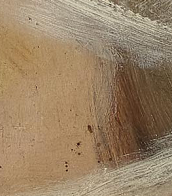

Johann Heinrich Tischbein the Elder, known as the Kasseler Tischbein, was one of the most respected European painters in the 18th century and an important member of the Tischbein family of German painters, which spanned three generations.
His work consisted primarily of portraits of the nobility, mythological scenes, and historical paintings. For his mythology paintings his models were mostly members of the upper nobility.


Johann Heinrich Tischbein the Elder, known as the Kasseler Tischbein, was one of the most respected European painters in the 18th century and an important member of the Tischbein family of German painters, which spanned three generations.
His work consisted primarily of portraits of the nobility, mythological scenes, and historical paintings. For his mythology paintings his models were mostly members of the upper nobility.
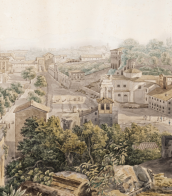
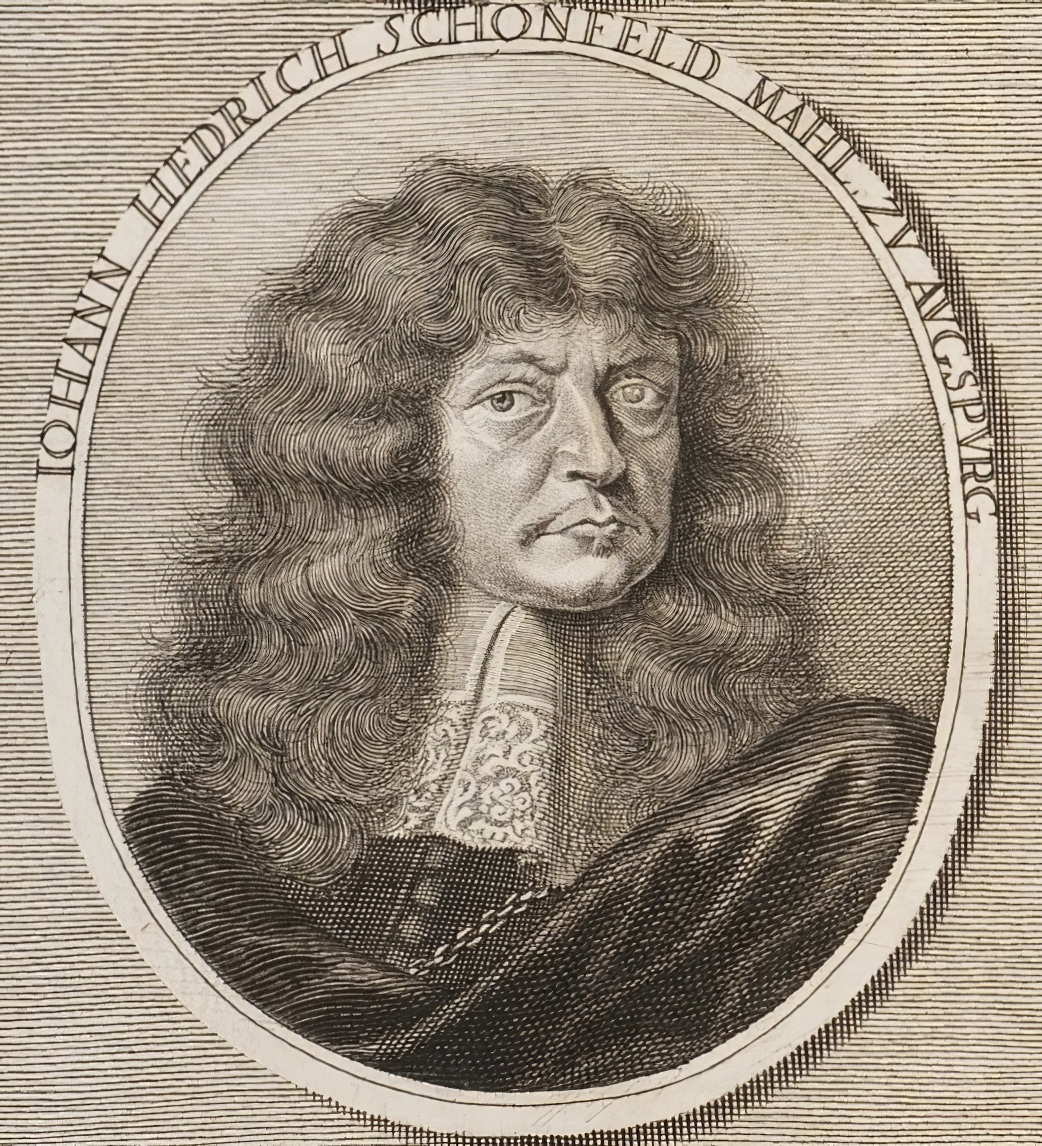
Johann Heinrich Schönfeld was a German painter in the Baroque style.
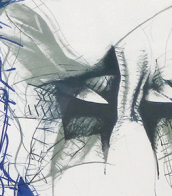

Johann Heinrich Tischbein the Elder, known as the Kasseler Tischbein, was one of the most respected European painters in the 18th century and an important member of the Tischbein family of German painters, which spanned three generations.
His work consisted primarily of portraits of the nobility, mythological scenes, and historical paintings. For his mythology paintings his models were mostly members of the upper nobility.

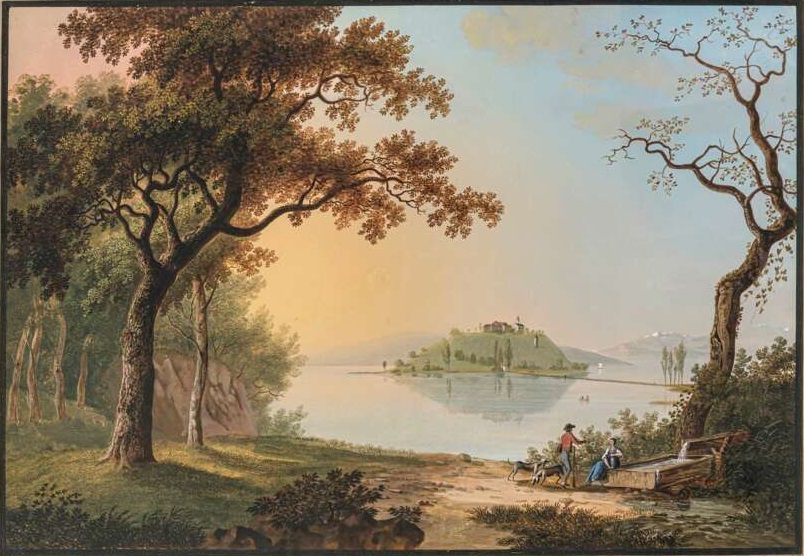
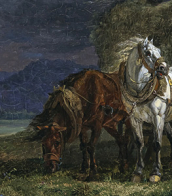
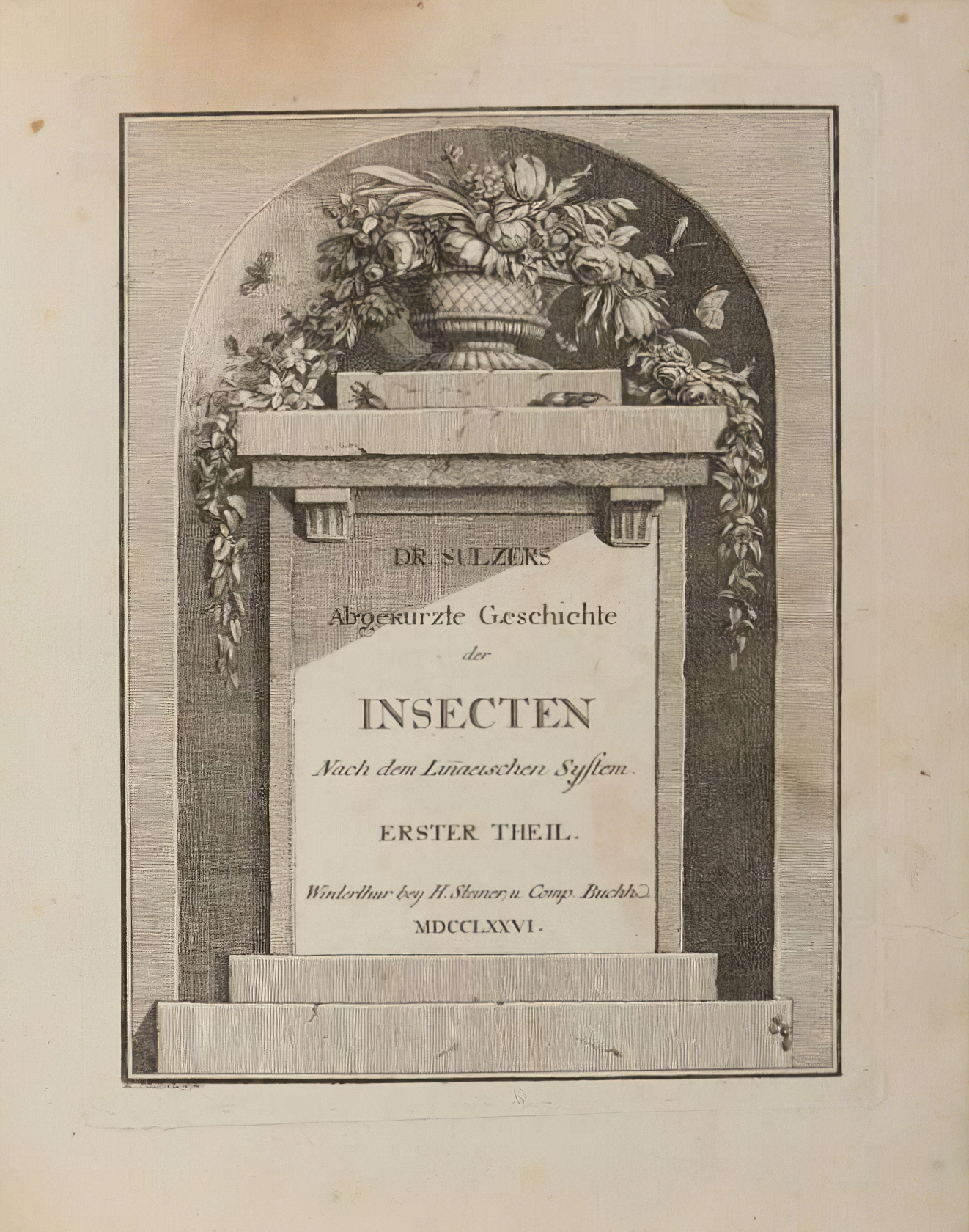
Johann Heinrich Sulzer was a Swiss physician and entomologist.
As a physician he distinguished himself in his work with smallpox vaccinations.
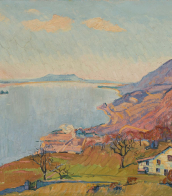
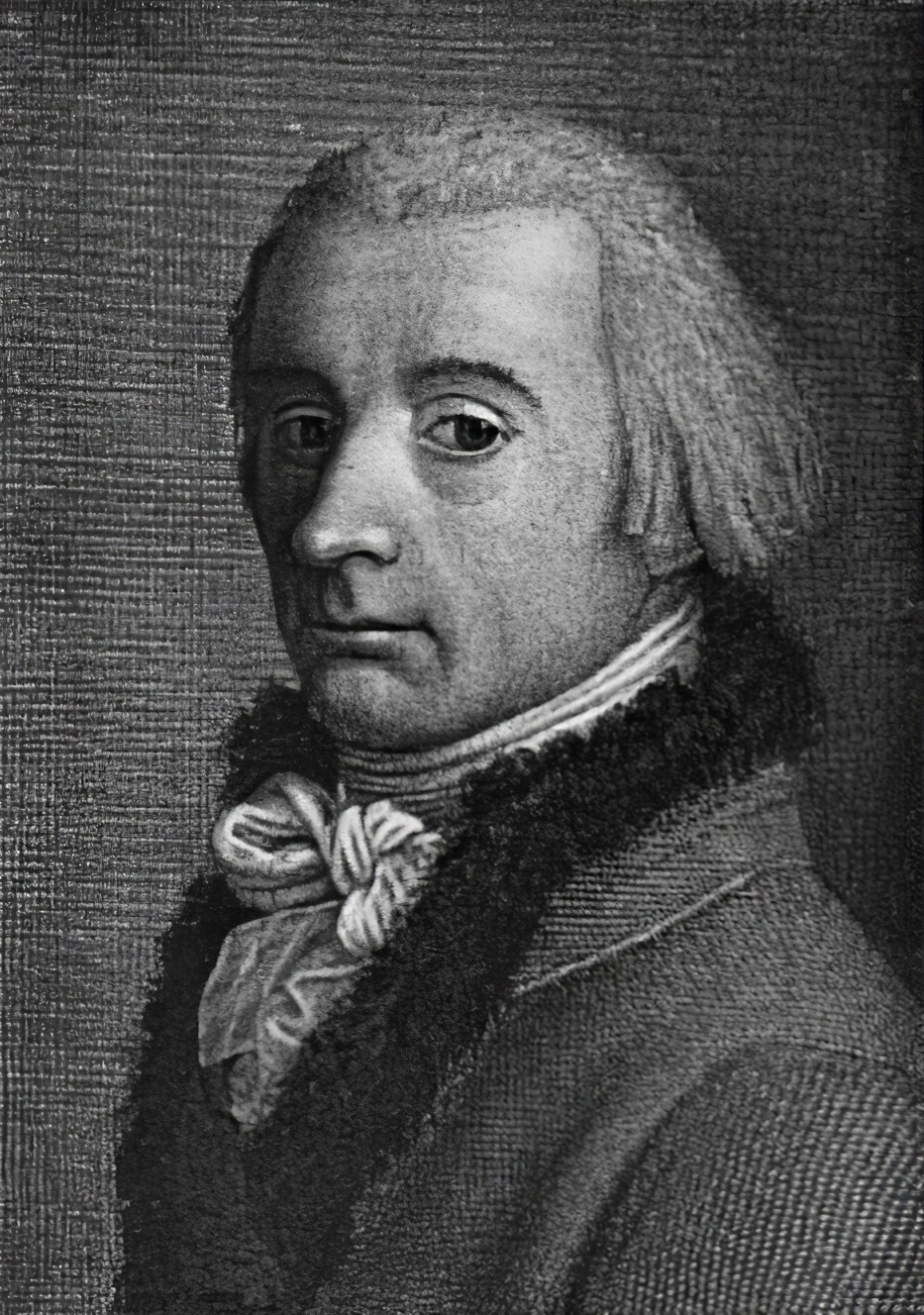
Johann Heinrich Lips was a Swiss copper engraver; mostly of portraits.

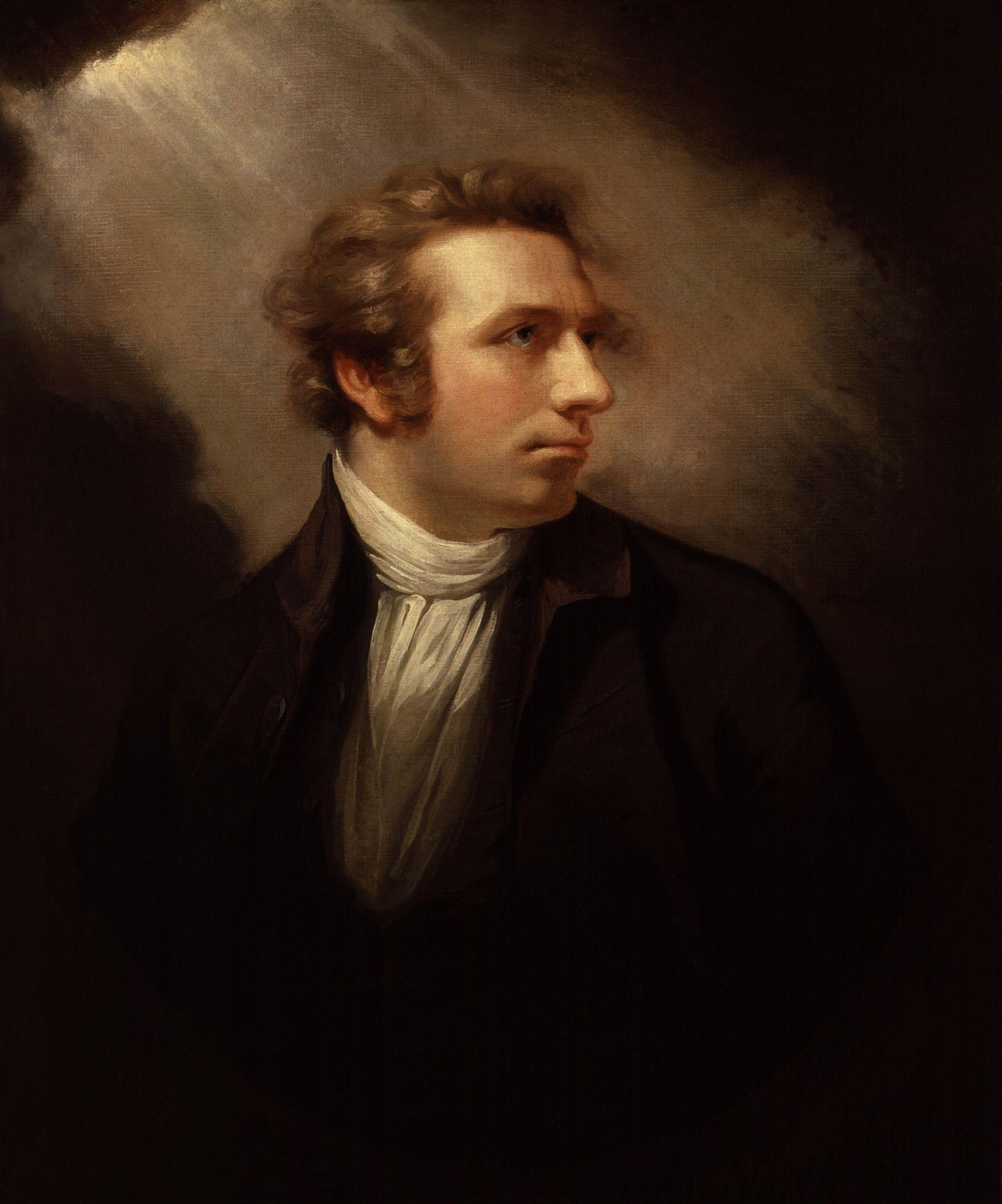
Henry Fuseli (German: Johann Heinrich Füssli) was a Swiss painter, draughtsman and writer on art who spent much of his life in Britain. Many of his works, such as The Nightmare, deal with supernatural subject matter. He painted works for John Boydell's Shakespeare Gallery, and created his own "Milton Gallery". He held the posts of Professor of Painting and Keeper at the Royal Academy. His style had a considerable influence on many younger British artists, including William Blake.
